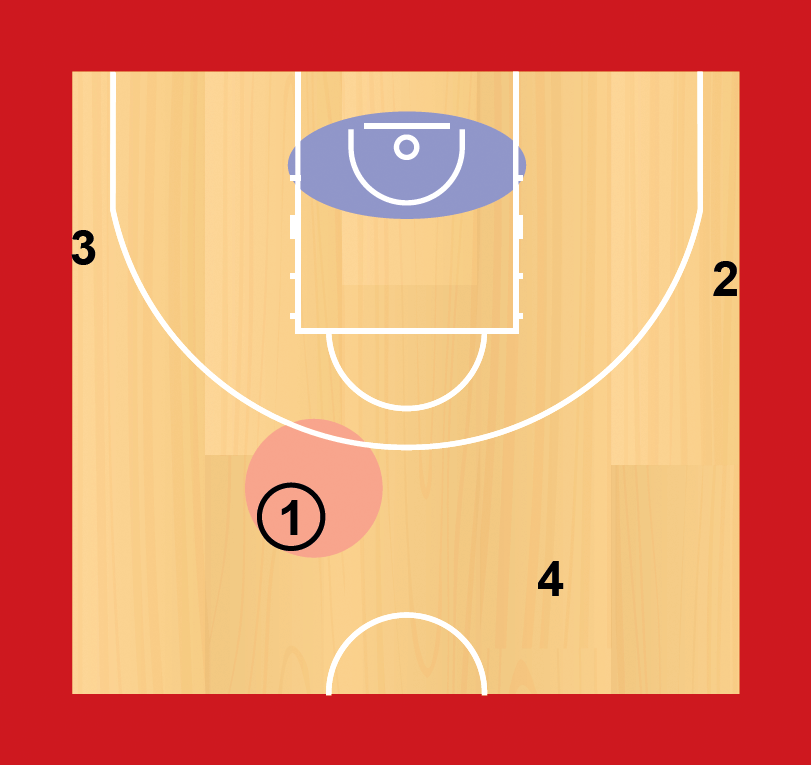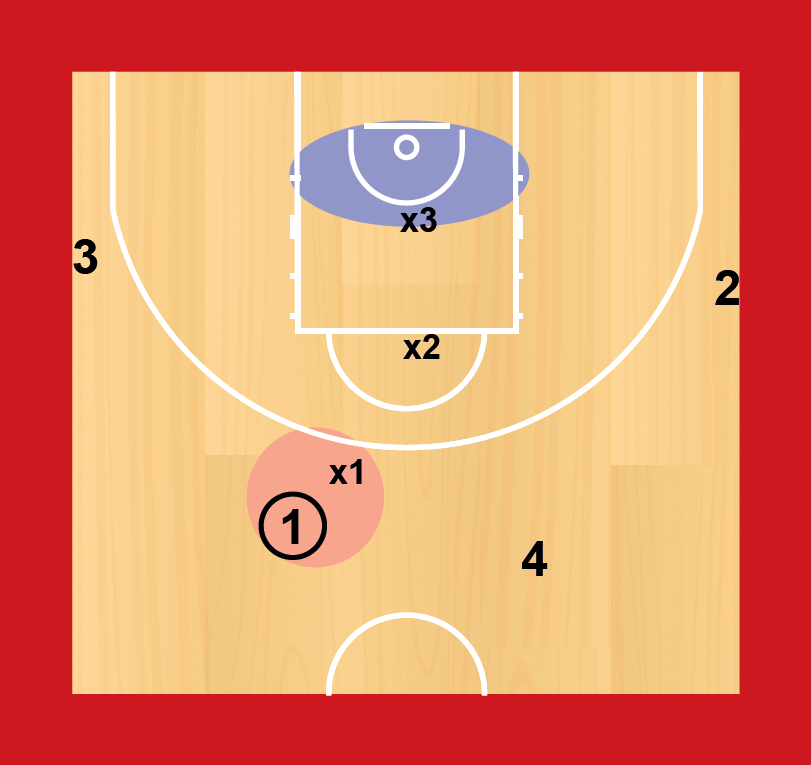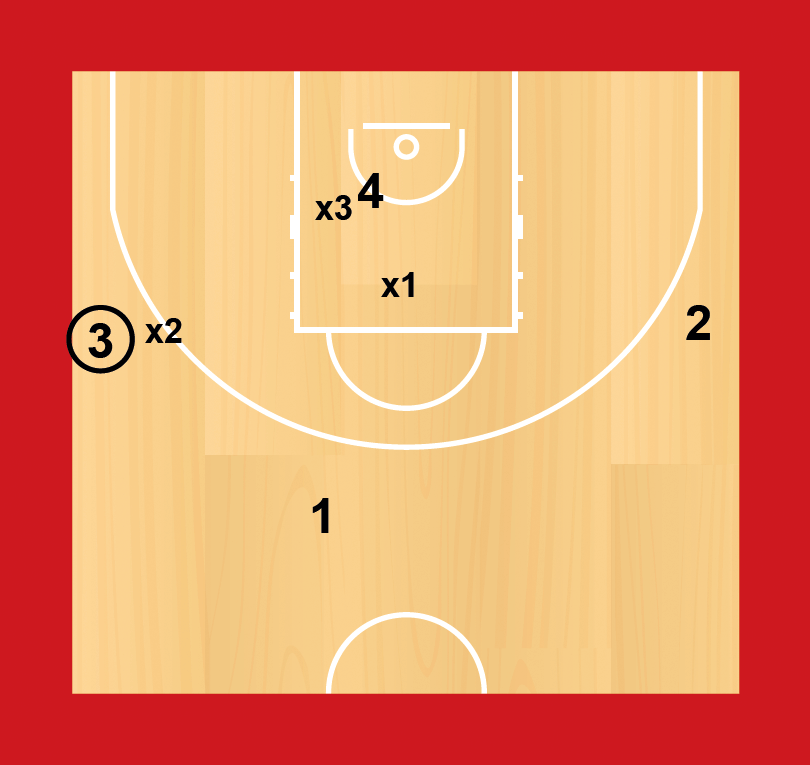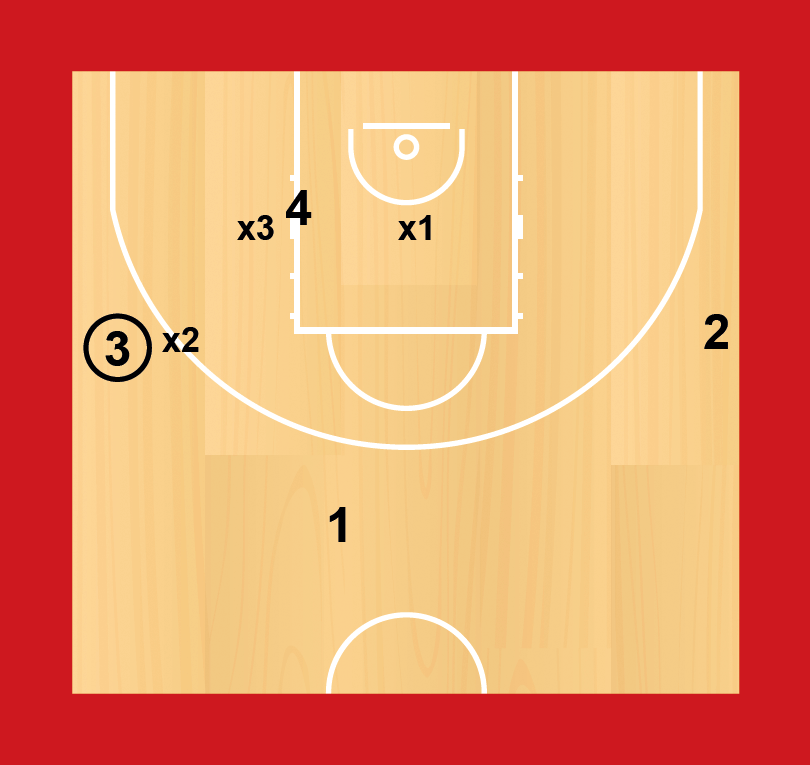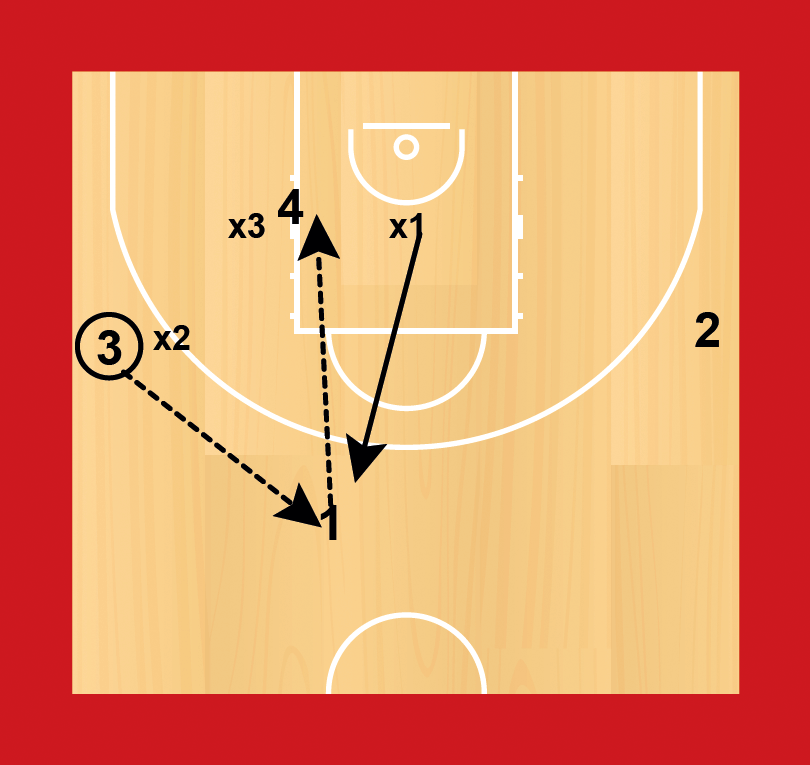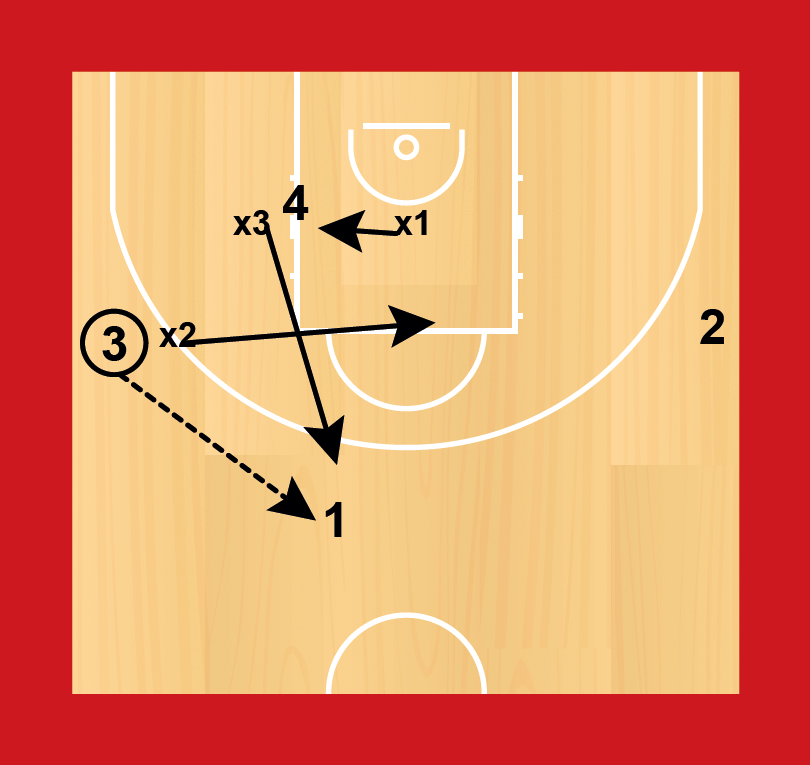- 2.4.1. Techniques de dribble avancées - dribble de renversement
- 2.4.2. Techniques de dribble avancées - snake dribble
- 2.4.3. Techniques de dribble avancées - dribble en throw down
- (English) 2.4.4 Advanced dribbling - step back move (off the dribble)
- 2.4.5. Techniques de dribble avancées - dribble horizontal
- 2.4.6. Techniques de dribble avancées - dribble poussé
- Approfondir
- 2.5.1. Techniques de lay-up avancées
- 2.5.2. Lay-up inversé
- 2.5.3. Techniques de tir avancées - jeu de jambes pour le tir
- 2.5.4. Techniques de tir avancées - tir intérieur
- 2.5.5. Correction de la technique de tir - tir plat
- 2.5.6. Correction de la technique de tir - tir décentré
- 2.5.7. Correction de la technique de tir - effet latéral
- 2.5.8. Correction de la technique de tir - tir trop court
- Approfondir
- 3.1.1. Préparation physique des joueurs de basketball
- 3.1.2 Préparation physique des joueurs - Échauffement avant l’entraînement
- 3.1.3 Préparation physique des joueurs - Échauffement d’avant-match
- 3.1.4. Préparation physique des joueurs - Musculation de force
- 3.1.5. Préparation physique des joueurs - Musculation de puissance
- 3.1.6. Préparation physique des joueurs - Conditionnement
- 3.1.7. Préparation physique des joueurs - Souplesse
- 3.1.8. Préparation physique des joueurs - Programme de musculation de force de base
- 3.1.9. Préparation élémentaire hors saison
- 3.2.1. Considérations nutritionnelles pour les athlètes
- 3.2.2. Besoins nutritionnels pour une bonne santé et le bien-être
- 3.2.3. Stratégies d’hydratation et d’alimentation
- 3.2.4. Prise en compte des particularités physiques
- 3.2.5. Optimiser la performance en compétition
- (English) 3.2.6 Basic sport foods and supplements
- (English) 3.3.1 Physical recovery techniques - overview
- (English) 3.3.2 Physical recovery techniques - active recovery
- (English) 3.3.3. Compression Clothing
- (English) 3.3.4. Physical recovery techniques - hydro therapy
- (English) 3.3.5. Physical recovery techniques - massage
- (English) 3.3.6. Physical recovery techniques - sleep
- (English) 3.3.7. Physical recovery techniques - stretching
- (English) 3.3.8 Physical recovery techniques - practical applications
- 2.1.1. Attaque en continuité – 5 en extérieur – pénétration en dribble – passe main à main
- (English) 2.1.2 Receivers Principles with Post Players
- 2.1.3. Attaque en continuité avec poste – 4 en extérieur, 1 en intérieur
- 2.1.4. Coupes en « post-up »
- (English) 2.1.5 Developing Decision Making - Putting Perimeter and Post Together
- 2.1.6. Création d’opportunités de marquer avec une seconde passe
- 2.1.7. Éloignement du défenseur en aide de sa position d’aide
- Approfondir
Niveau 2
(English) 1.4.1 Defending 4v3
(English) There are many times when a defensive team may be in a situation of disadvantage (e.g. 2v1, 3v2 or 4v3), such as:
- Defending a fast break (or transition);
- When the offence pass out of a double team;
- After a defensive rotation to “help the helper”.
Whenever outnumbered by the offence, the defenders must try to:
- Delay the offence (to give time for additional defenders to arrive);
- Deny high percentage shots and force the offence to take lower percentage shots;
- Pressure the player with the ball into making a poor decision.
4v3 is best illustrated in the context of transition.
(English) When defenders are outnumbered 4v3, they must:
- Put pressure on the ball;
- Deny any lay-up or shot from near the basket.
(English) Most teams will align with 1 player on the ball and the other two players on the high or low split line.
(English) The defender on the low split line (x3) must deny any post player, whether they have run to the “rim” or are in the low post.
x1 can also hedge towards the basket to assist in defending that area.
(English) When the ball is passed to 1, x1 should not close out to the ball. If they do, 4 may “seal” x3 and receive an easy pass for a lay-up (as x3 is on the “outside” of 4).
(English) Instead, x3 closes out to 1, x1 rotates across to stop any pass to the low post and x2 drops to the high split position. All defenders must move with urgency.
(English) Where an offensive team does not send a player to the basket but instead has a strength in perimeter shooting, the defenders may align differently.
The ball must still be pressured, however x2 and x3 may align horizontally which will enable them to cover perimeter shots more easily.
(English) If a team adopts this type of defence the offensive team may:
- Drop the perimeter players into the corner in an attempt to separate from the defender. The defenders may drop down the key, but should both sink to the basket;
- Drive from the perimeter. If they do this the ball side defender (x2) does not have a good position to stop the drive to the basket. Instead x3 must sprint across to stop the penetration.
